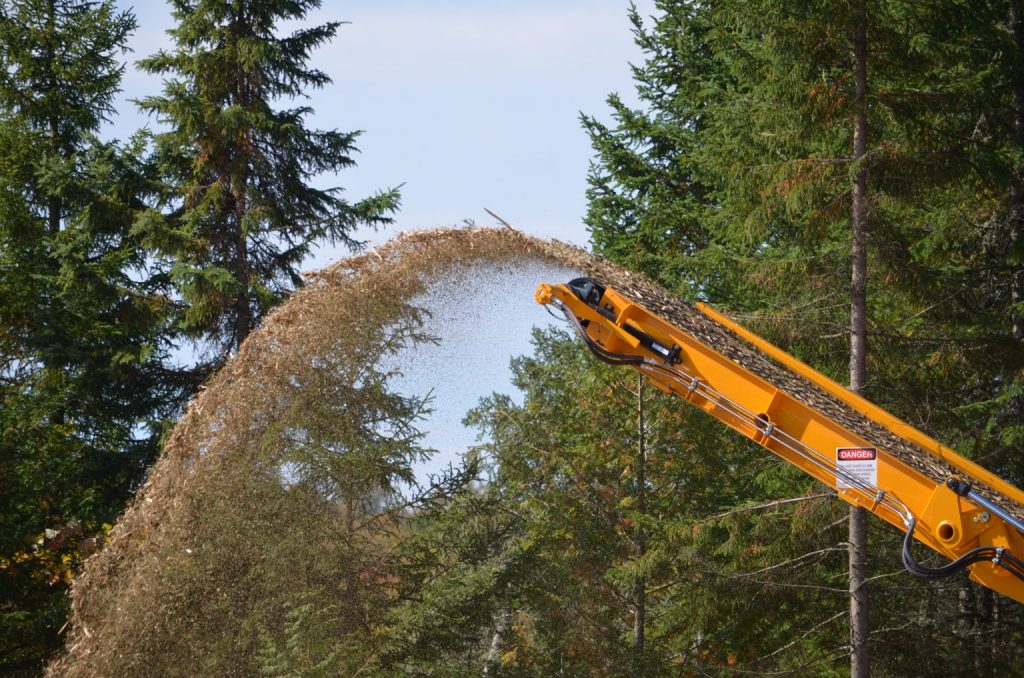
Industry News
News
N.S. forestry transition team outlines new plan for the sector
June 19, 2020 By P&PC Staff
 Photo: Annex Business Media
Photo: Annex Business Media What will the future of the Nova Scotia forestry sector look like? After months of consultation by a government-appointed “forestry transition team,” the province has published its vision for the industry.
The outline will help to guide the distribution of funds being held in the province’s $50-million Forestry Innovation Transition Trust, which was established after the closure of Northern Pulp earlier this year to help the industry launch new initiatives.
The province recently appointed a three-member board to oversee the trust, review project applications in consultation with industry, and allocate funds.
They’ll do so according to the roadmap created by the nine-person forestry transition team, comprised of these industry stakeholders:
- Kelliann Dean, deputy minister of intergovernmental affairs and trade, as team lead
- Julie Towers, deputy minister of department of lands and forestry
- Simon d’Entremont, deputy minister of department of energy and mines
- Ava Czapalay, acting deputy minister of department of labour and advanced education
- Don Bureaux, president, Nova Scotia Community College
- Jeff Bishop, executive director, Forest Nova Scotia
- Debbie Reeves, chair, Large Private Non-Industrial Landowners of Nova Scotia
- Greg Watson, manager, North Nova Forest Owners Co-op Ltd.
- Doug Ledwidge, president and CEO, Ledwidge Lumber
The team’s vision is “a strong, sustainable, inclusive, diversified and innovative forestry sector, respected for its stewardship practices, and successfully delivering high value for lower ecological impact.”
To reach that goal, the group says the industry must expand on its comparative advantage and support new markets, protect and enhance its ecosystems and biodiversity, involve community in conversations about forest management, advance its technical knowledge of forest management, and capitalize on available programs and resources.
The transition team has identified four main goals as the sector transitions from one reliant on one or two major operators to one with a broader market. They are:
1. Innovation, diversification and entrepreneurship
- Invest in activities focused on adding more value to the sector, while lowering ecological impacts. These activities may include research, innovation, productivity enhancement, product diversification, resource improvement or market diversification.
- Possible investments could include technology pilots and projects, such as bioplastics, biofuel and advanced materials.
- Encourage risk-taking in the province’s sustainable forestry and biological resources sector by supporting new and young businesses through entrepreneurial grants that can be leveraged to secure additional financing.
- Ensure decisions are informed by major worldwide drivers: pandemic economic recovery, climate change ambition, carbon neutrality, need for modern building products, renewability/sustainability and innovation in materials science.
2. Workforce development
- Invest in partnerships with post-secondary institutions and professional associations aimed at keeping the forestry industry competitive by professionalizing the forestry workforce in Nova Scotia.
- Establish programming based on the principles and practices of sustainable forest land management as well as workforce development.
- Goals may include new certification, training and skills development, and new strategies for recruitment.
- Develop skills for implementation of ecological forestry to align with Lahey report recommendations.
3. Woodlot owner leadership
- Invest in a “made in NS, private-woodlot owner-led model” aimed at creating culture in the province focused on forest stewardship and rural economic development.
- Goals may include creating a strong landowner support network including cooperatives, structure and tools for managing forestry inventory data, collaborating with other resource sectors (e.g. agriculture), market development, investment attraction and contractor support.
4. Supply chain viability
- Continue to anticipate and mitigate risk to the forestry supply chain network in the province.
- Enable the sector to reduce operating costs and increase efficiency by assisting sustainable forestry and biological resource businesses to invest in technologies that increase fibre utilization, demonstrate business inputs more efficiently, produce products at lower cost, or reduce GHG emissions.
- Make additional investments in process automation technologies, transportation, productivity of mills and contractors/crews and forestry sector initiatives.
Since January 2020, the transition team has spent an additional $25 million in new training and funding initiatives, and on program adjustments.
Upon the closure of Northern Pulp, which affected 300 direct jobs and an estimated 2,700 in the industry, some of these initiatives included a toll-free intake line for counselling, $1.2 million in emergency assistance funding for laid-off workers, $7 million for forestry contractors to do silviculture and roadwork, and career counselling for the skilled trades.
Among the other funded projects are a Forestry Innovation Rebate Program, forestry contractor financing, small-scale wood heat generation projects, and a new forestry council for Forests Nova Scotia.
Print this page